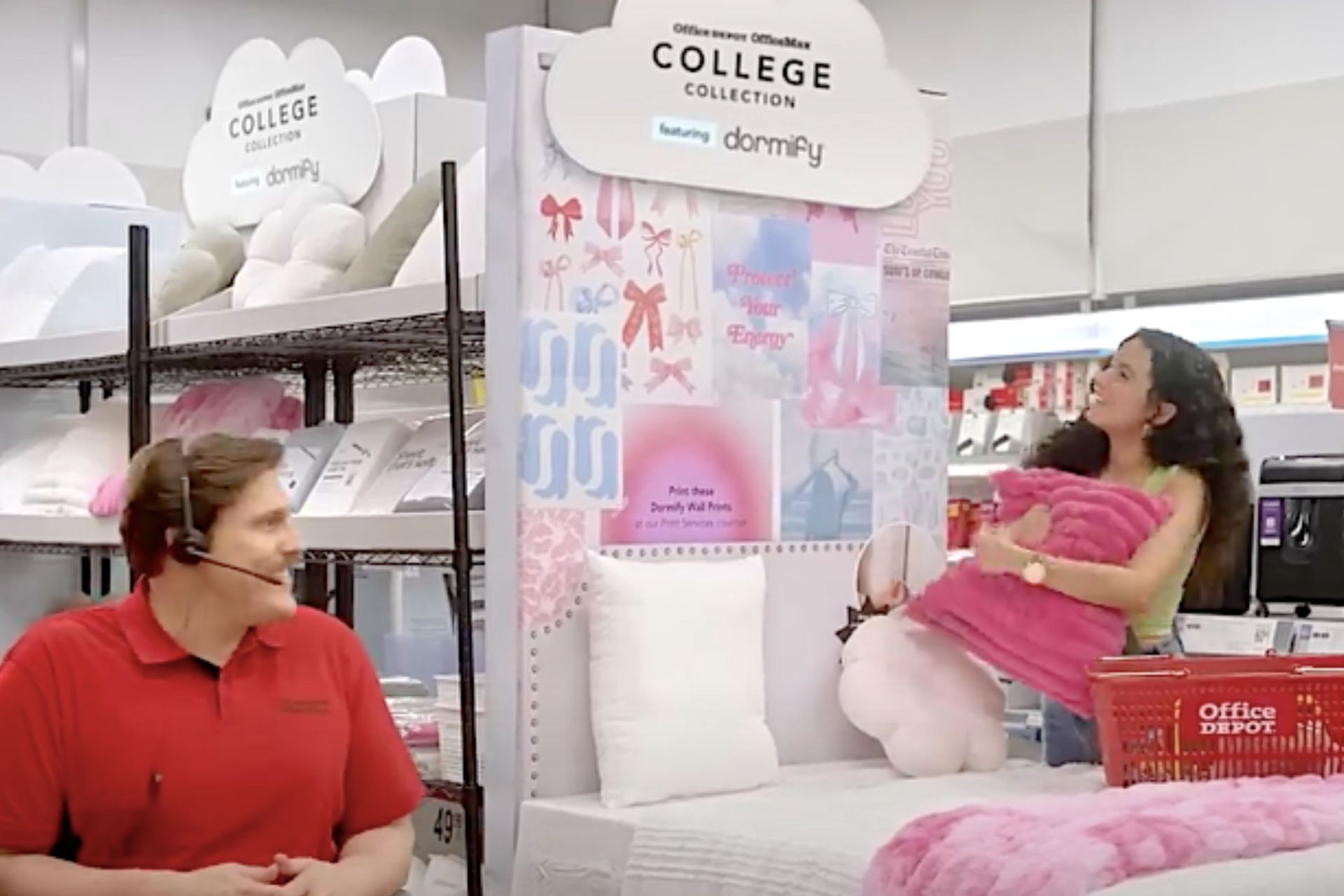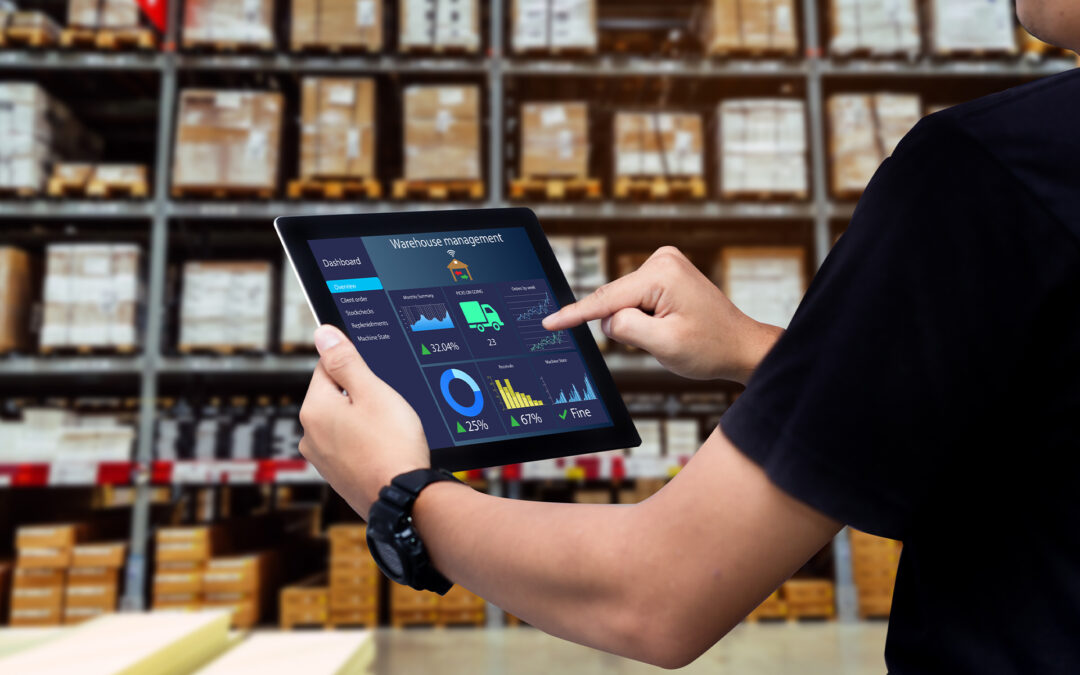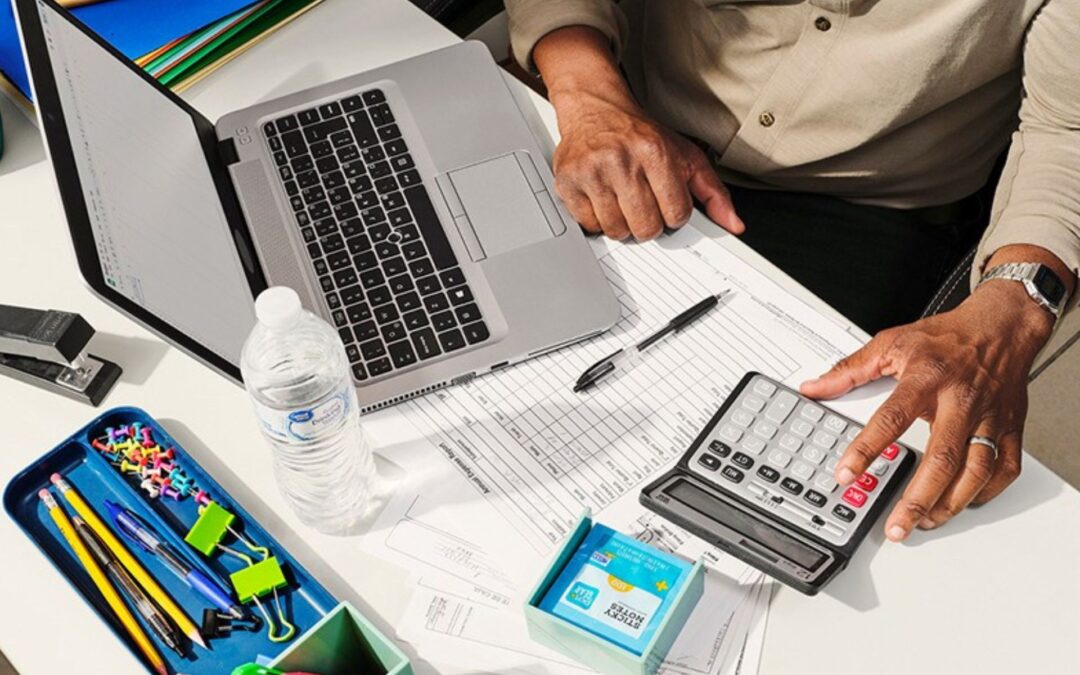As of early July, 55% of back-to-school and back-to-college shoppers already had begun purchasing for the return to the classroom, according to an annual survey conducted by the National Retail Federation and Prosper Insights & Analytics.
Although many had already hit the stores, 86% of shoppers still had at least half of their purchasing left to complete, the survey indicated. some 45% of consumers surveyed said they were waiting for the best deals. As retailers kick off summer promotions including Amazon’s Prime Day, Target Corp.’s Circle Week and Walmart’s Deal Days, 85% of back-to-class shoppers said they would take advantage of major bargain events and other July sales to buy classroom staples and related school necessities.
Similar to past years, the most popular stated destinations for back-to-school shopping were online, cited by 57%; department stores, 50%; discount stores, 47%; clothing stores, 42%; and electronics stores, 23%.
The survey indicated college students and their families would spend an average of $1,364.75 on items for the upcoming school year, in line with last year’s record of $1,366.95. NRF anticipates back-to-college spending will reach $86.6 billion, the second-highest figure in the history of the survey. Last year, consumers expected to spend a record $94 billion on off-to-college goods.
The top five categories for college spending were electronics, at $359.49 on average per family or $22.8 billion total, followed by dorm or apartment furnishings, at $192.40 on average or $12.2 billion total; clothing and accessories at $171.06 on average or $10.9 billion total; food at $149.71 on average or $9.5 billion total, and shoes at $112.60 on average or $7.1 billion total.
Survey respondents with children in elementary through high school said they would spend an average of $874.68 on clothing, shoes, school supplies and electronics, or about $15 less than last year’s record of $890.07. The 2024 figure is the second-highest amount in the annual survey’s history. NRF expects total back-to-school spending for this group to reach $38.8 billion, also the second-highest figure on record after 2023’s $41.5 billion.
K-12 shoppers in the survey said they would budget $309.35 on average for electronics or $13.7 billion total; $253.29 on average for clothing and accessories or $11.2 billion total; $141.62 on average for school supplies or $6.3 billion total; and $170.43 on average for shoes or $7.6 billion total.
“Last year’s watermark was partially driven by record investments in electronics, with 69% of back-to-school shoppers planning to purchase a laptop, tablet or other electronic device for their student,” said Phil Rist, Prosper executive vice president of strategy. “These are typically items students can use for several years, which may be why we are seeing slightly less interest in electronics this year.”





